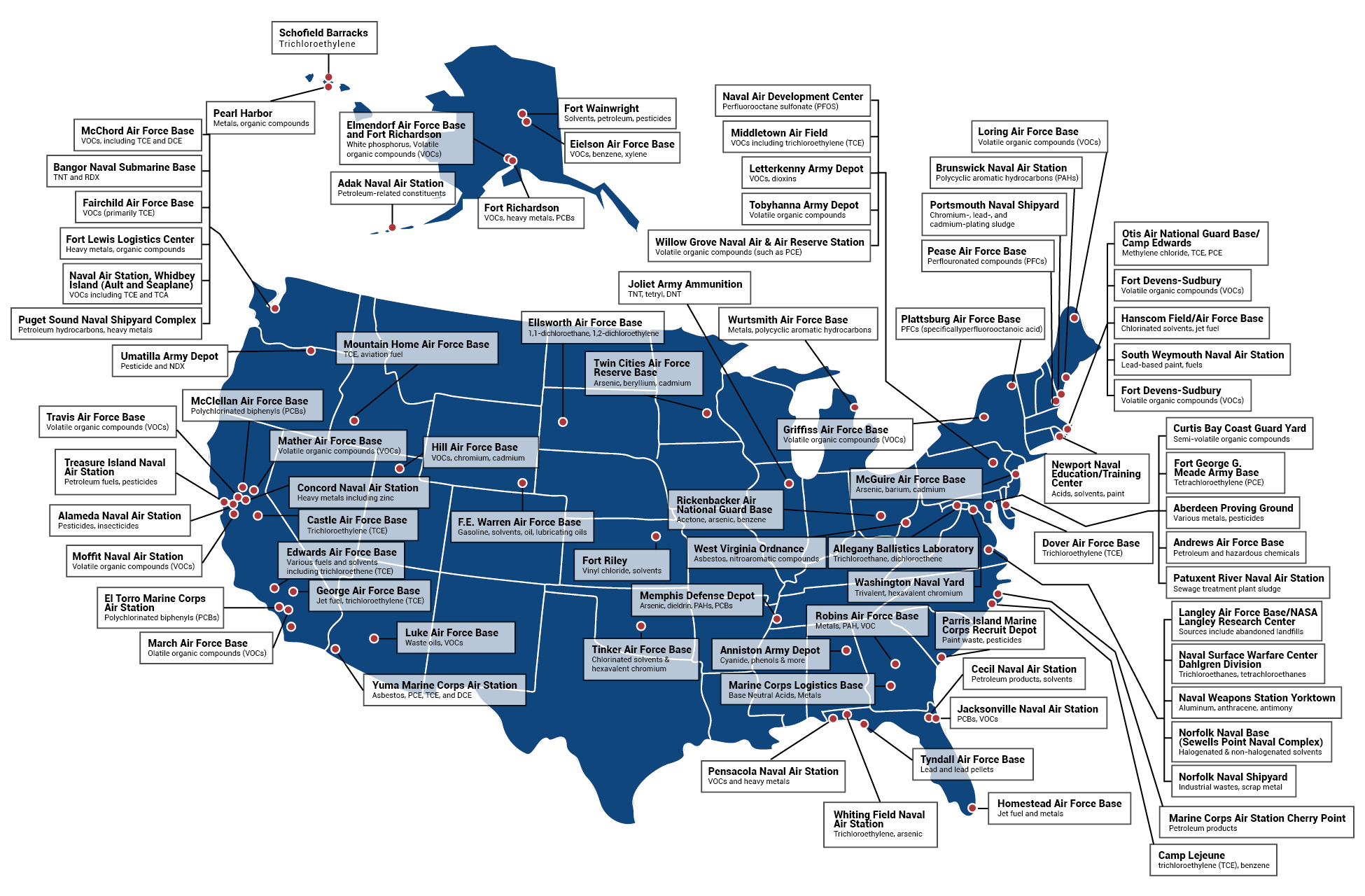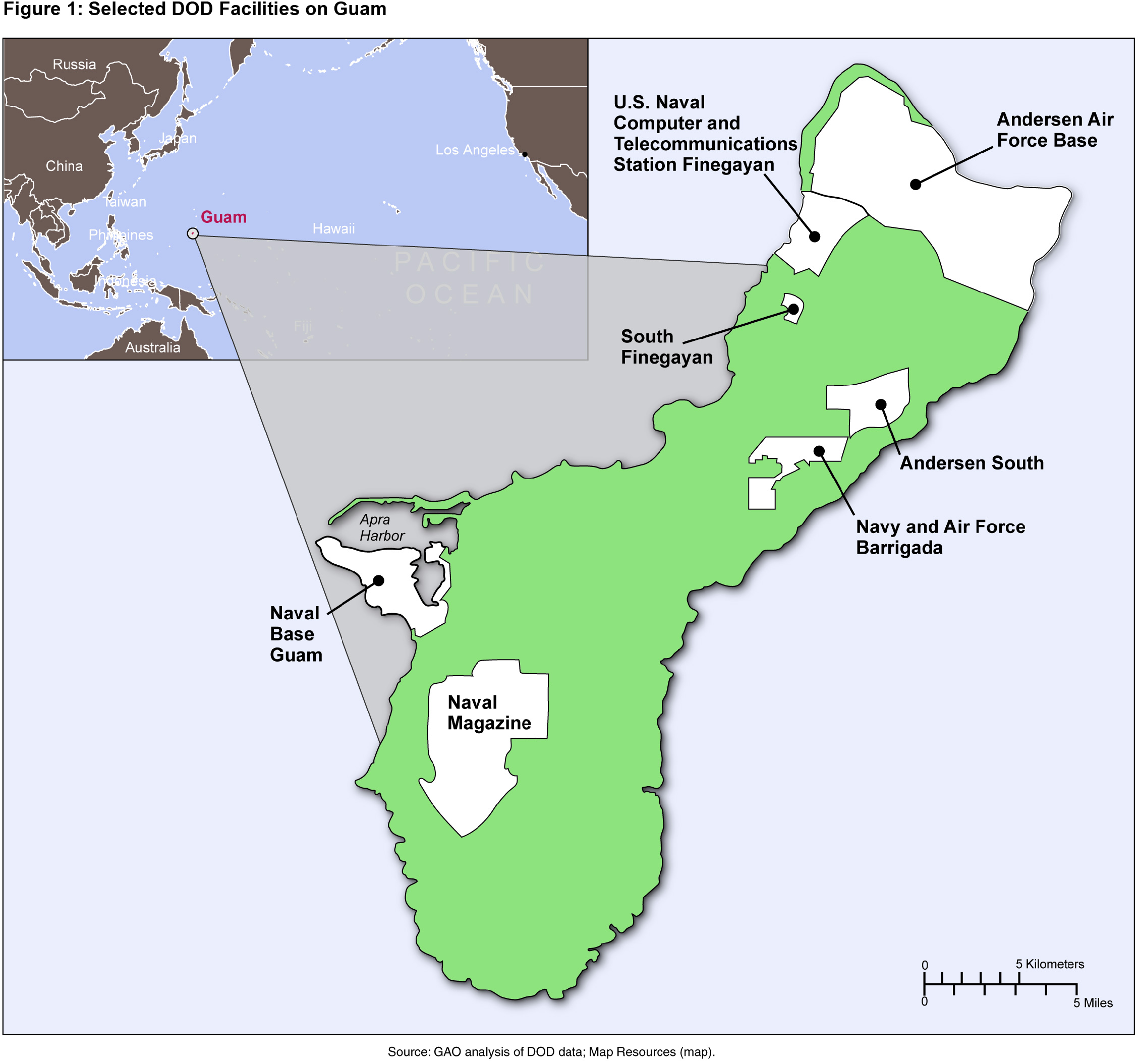Us Military Base Maps - Climate Solutions Lab Postdoctoral Fellow Alexander S. Gard-Murray and co-author National Security Fellow Lt Col Theodore J. Shanks created a map of US military dependence on Russian fossil fuels.
The US military's dependence on fossil fuels has created a critical security threat to its European bases. American taxpayers may be unwittingly helping fund the Russian war effort to the tune of a million dollars a week.
Us Military Base Maps

Before Russia invaded Ukraine, we estimate that US bases in Europe relied on Russian fossil fuels to meet 30% of their annual energy needs. This means that American forces in Europe have bought the equivalent of half a million barrels of oil from Russia each year.
Fitness Tracker Data Highlights Sprawling U.s. Footprint In Africa
In light of Russia's impending gas cuts to European countries, the Defense Department's dependence on fossil fuels represents a serious threat to American and Western European security. Until the United States invests in sustainable energy sources and base electrification, these threats will continue.
The accompanying map shows the extent of this dependence across US installations in Europe. According to the Department of Defense's Annual Energy Management and Resilience Report (AEMRR), US installations in Europe consumed nearly 9 trillion BTUs in 2020, equivalent to 1.5 million barrels of oil each year. According to data from the Department of Energy, US military installations use 49% of their energy from electricity, 37% from natural gas, 6% from oil and 3% from coal.
To estimate the base-level dependency on Russian fossil fuels, we assumed that the energy profile of each base matches the average installation. This gives us an estimate of each base's consumption of electricity, natural gas, oil and coal. We then multiplied these consumption estimates by the host countries' share of imports from Russia using data from Eurostat. For electricity, we first calculated the share of electricity produced from each fossil fuel, and then adjusted these shares for Russian imports as well.
Consider, for example, Ramstein Air Base in Germany. Ramstein is home to the Allied Air Command, the central command for all NATO air and space forces, and the largest community of US personnel overseas, with more than 53,000 US service members and their families.
Army Lt. Col. Gregory Jicha, Commander Of A 13 Person Task Force In Nicaragua From Soto
According to AEMRR, Rammstein consumed 929 billion BTUs of energy in 2020. If Rammstein follows the typical energy profile for US bases, it would draw 342 billion BTUs (37% of 929) from natural gas. Since Germany gets 65% of its natural gas from Russia, we estimate that Rammstein uses 223 billion BTU (65% of 342) of Russian natural gas each year – about 24% of the energy at Rammstein Air Base. With fuel prices rising from the invasion, Rammstein alone will pay Russian oligarchs more than $4 million each year.
Applying this method to all US military installations in the AEMRR and to all fossil fuel sources, we arrive at a total estimate of 2.7 trillion BTU (or 470 thousand tons of oil equivalent).
We use data from the Center for Energy and Clean Air Research to project costs, which estimates that Russian fossil fuel imports into the EU have cost $46 billion since the beginning of the invasion. We convert this to a cost per day and use Eurostat data on 2020 imports from Russia to estimate an average cost per BTU (this may be an underestimate of costs, as imports have fallen even in the absence of a ban). We apply this to our estimate of US consumption of Russian fossil fuels, which comes to an estimated cost of $56 billion if prices remain at current levels.

These estimates are not perfect. Prices are subject to change. Russia has already cut supplies to some countries. Without installation-level data on energy sources, we do not know exactly which fossil fuels are used on which basis. But these are also conservative figures, as they only include installation, not operational strength. They only include US bases. Our NATO allies will pose an even greater threat.
Iranian Forces Fire Missiles At Military Bases Housing U.s. Troops In Iraq
First public map of more than 100 US military bases in 41 states with coronavirus cases. Map by Bill Morris; Base data from Natural Earth
Like the rest of the country, the US military is grappling with the ongoing coronavirus pandemic, with cases at 41 bases. But military leaders also struggle to strike a balance between the competing needs for openness and secrecy.
According to data from the Ministry of Defence, 2,120 men and women in uniform have tested positive for the COVID-19 virus. The US Navy has the highest number of cases, followed by the Army, Air Force and Marine Corps. Civilians serving in the department are the second largest combined group after those in uniform; The next hardest hit groups are military dependents and private contractors on military installations.
The Pentagon's secrecy surrounding these numbers, intended to quell fears about health and preparedness, has instead led to suspicion and controversy.
Maps Base Kits Ready For Formal Integration, Testing
President Donald Trump arrives to speak during the signing ceremony for the John S. McCain National Defense Authorization Act for Fiscal Year 2019 at Fort Drum, New York, Aug. 13, 2018. The country may have been exposed to environmental hazards while stationed at certain military bases. Many toxic chemicals in these camps have been linked to health problems. If you experience a medical condition after service, you may be eligible for disability compensation through the Department of Veterans Affairs.
Here's what veterans need to know about potential toxic exposure on US military bases and filing disability claims for VA benefits.
The Environmental Protection Agency (EPA) started the "Superfund" program in 1980 when Congress passed the Comprehensive Environmental Response, Compensation, and Liability Act (CERCLA). This program is an effort to clean up land deemed by the EPA to be contaminated by hazardous waste and pose a risk to human health and/or the environment. Superfund sites exist worldwide due to the United States' presence in several countries through private business, government, and military programs. Determining whether a site should be considered a Superfund site involves a complex assessment. Assessments include looking at toxins; Are toxins present in soil, water, air or sediments; And what stage of cleanup the site is already in. The most important toxins assessed by the EPA are asbestos, dioxin, lead, polychlorinated biphenyls (PCBs) and radiation.

Presumptive conditions are health problems that the VA has linked to a particular type of military service. For example, the VA believes that certain Vietnam War veterans with certain conditions, such as chronic B-cell leukemia and non-Hodgkin's lymphoma, may have been exposed to Agent Orange. This means that they are automatically entitled to disability benefits. The VA has similar presumptive conditions for Gulf War veterans.
Overseas Base Realignment And Closure Coalition
VA has provided certain presumptive benefits to veterans stationed at Fort McClellan in Alabama and Camp Lejeune in North Carolina for certain periods. Veterans stationed at these camps are exposed to a variety of toxins through contaminated water, which can have serious health effects. There are also presumptive conditions for veterans known as "atomic vets" who meet specific criteria for radiation exposure. Veterans stationed at camps listed as EPA Superfund Cleanup sites still have the ability to file a direct service-connected compensation claim as long as they can demonstrate service-connected exposure.
EPA currently has more than 130 US-based military installations listed as Superfund priorities. Below is a list of major military installations by state and the toxic materials associated with each installation.
There are several factors that the VA takes into account when determining eligibility for compensation for poison exposure. For many of these areas, exposure to the veteran will be minimal depending on the veteran's occupation, location, and whether he or she has specifically handled specific contaminants. Also, most clays were free of contaminants except during certain periods. And while not all service members have been exposed, if you were stationed at any of these installations and have an illness linked to one of the toxins, it's a good idea to check with your health care provider about a possible connection and registration. A claim for compensation. For a complete list, go to the EPA Superfund website.
Cyanides, phenols, pesticides, herbicides, chlorinated hydrocarbons, petroleum hydrocarbons, solvents, acids, chelating agents, asbestos, creosote, lead, thallium, antimony and chromium
File:us Military Bases In Germany.svg
Pesticides, insecticides, alpha-chlordane, benzopyrene, cesium-137, chromium, cobalt-60, dibenzo(a,h)anthracene, dieldrin, gamma-chlordane, heptachlorepoxide, PCB, radium-226, strontium-2826, 2826
Jet fuel, trichlorethylene (TCE), pesticides and nitrates, total petroleum hydrocarbons, dioxins, construction waste, medical waste, pesticides, semi-volatile organic compounds and various inorganic compounds
Petroleum fuels, pesticides, heavy metals (such as lead and zinc), polychlorinated biphenyls (PCBs) or volatile organic compounds (VOCs) such as trichlorethylene, perchlorethylene, vinyl chloride and carbon tetrachloride.

PCBs, VOCs (methylene chloride, methyl ethyl ketone, ethyl acetate and TCE), PAHs, solvent waste, battery acid, JP-5 jet fuel,
Strava Reviewing Features After Military Bases Were Found On Heat Map
Us military base overseas, us military maps, us military base in japan, us military base cuba, us military base map, military base maps, taiwan us military base, us military base jobs, us military base ticket office, largest us military base, base maps, us military base locations
0 Comments